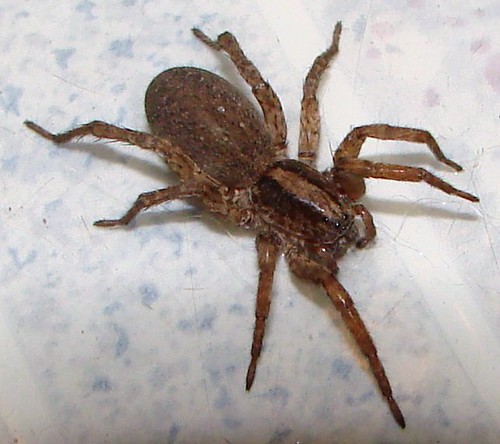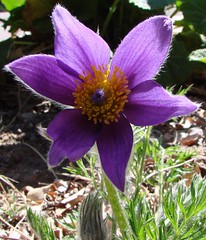A macro is an extreme close-up. Macros can reveal details we might otherwise miss. Most macro shots involve putting the lens as close to the subject as one can get, which can create problems with depth of field and the shadow of the lens.
This picture makes me think of Star Wars, as if this were a giant tank surrounded by smaller machines. But that’s the larva of a ladybug surrounded by aphids (plus drops of aphid milk).

I love this photo for the shape and color and for the tiny ‘berries’ I didn’t see at the time. This monkshood was one of many wild in a field in south-central Colorado. It is so poisonous that gardeners have to wear gloves if they work with it.

Merri calls this junebug a cloisonné bug, an apt name, I think. Three or four of these graced a chamisa I’ve passed almost daily for 10+ years. I only saw them that one day.
I used a macro setting for all of these photos. However, you can use a zoom lens for an extreme close-up of a nearby subject.

You’ll notice the depth of field problem with the out-of-focus edge of this pansy. I like the nearly spherical droplets. Note the lens is reflected in the largest one, as is an adjacent lattice.













